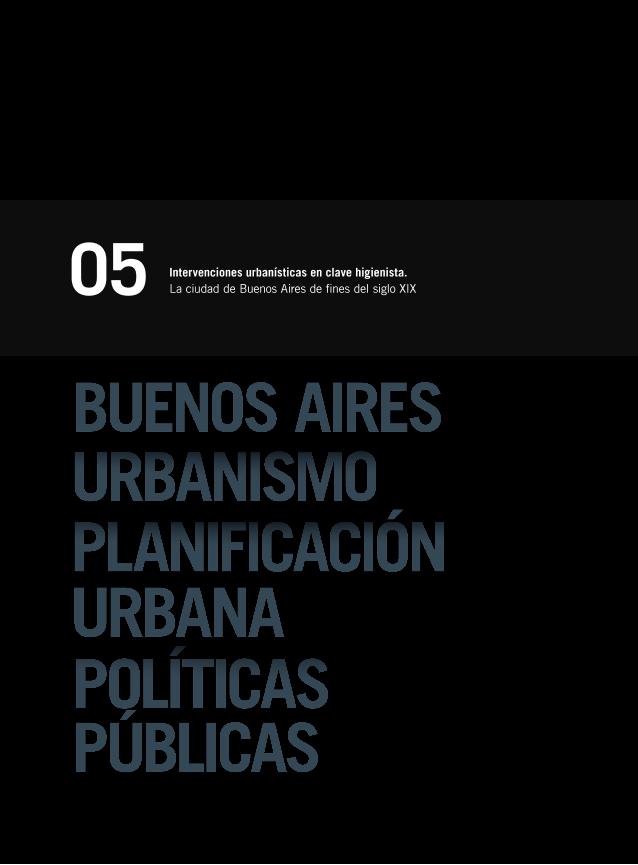Artículo
En todo proceso de planificación urbana subyace un particular sistema de valores, creencias y acciones que orienta las formas de pensar y gestionar la ciudad. La coyuntura, que coloca nuevamente a la ciudad de Buenos Aires en el foco de una epidemia, genera una oportunidad para la discusión y elaboración de nuevos paradigmas urbanos, para lo cual la experiencia local del urbanismo higienista resulta un aporte relevante. En ese sentido, el objetivo de este trabajo es trazar un panorama de los problemas y enfoques que más calaron en las políticas urbanísticas de la ciudad de Buenos Aires de fines del siglo XIX y comienzos del siglo XX; en articulación con su configuración socioespacial, el rol del Estado y de los profesionales de la ciudad en la representación y reconfiguración de problemas, intereses y realidades urbanas. En ese entonces, el higienismo atravesó el imaginario político argentino, en el cual permeó la idea de que el ordenamiento del espacio devendría en un ordenamiento de la sociedad y que, frente a la crisis epidemiológica, el Estado liberal debía dar paso a un Estado interventor para el saneamiento de la ciudad. En concordancia, la Municipalidad de Buenos Aires realizó múltiples intervenciones, físicas y normativas. In every urban planning process, a particular system of values, beliefs and actions underlies the ways of thinking and intervening in the city. The situation, which once again places the City of Buenos Aires in the focus of an epidemic, generates an opportunity for discussion and elaboration of new urban paradigms, for which the local experience of hygienist urban planning is a relevant contribution. In this sense, the objective of this work is to draw an overview of the problems and approaches that most permeated urban planning policies in the City of Buenos Aires in the late nineteenth and early twentieth centuries; in articulation with its socio–spatial configuration, the role of the State and the professionals of the city in the representation and reconfiguration of urban problems, interests and realities. At that time, hygienism crossed the argentine political imaginary, in which the idea that the order of space would become an order of society permeated, and that in de face of the epidemiological crisis, the liberal State should give way to an intervening State for the sanitation of the city. In agreement, the Municipality of Buenos Aires made multiple interventions, physical and regulatory.
Intervenciones urbanísticas en clave higienista: la Ciudad de Buenos Aires de fines del siglo XIX
Título:
Urban planning in a hygienist key: Buenos Aires at the end of the 19th century
Fecha de publicación:
07/2020
Editorial:
Universidad Nacional del Litoral. Facultad de Arquitectura, Diseño y Urbanismo
Revista:
Arquisur
ISSN:
1853-2365
e-ISSN:
2250-4206
Idioma:
Español
Tipo de recurso:
Artículo publicado
Clasificación temática:
Resumen
Palabras clave:
BUENOS AIRES
,
URBANISMO
,
PLANIFICACIÓN URBANA
,
POLÍTICAS PÚBLICAS
,
HIGIENISMO
Archivos asociados
Licencia
Identificadores
Colecciones
Articulos(SEDE CENTRAL)
Articulos de SEDE CENTRAL
Articulos de SEDE CENTRAL
Citación
Petrocelli, Santiago Pablo; Intervenciones urbanísticas en clave higienista: la Ciudad de Buenos Aires de fines del siglo XIX; Universidad Nacional del Litoral. Facultad de Arquitectura, Diseño y Urbanismo; Arquisur; 10; 17; 7-2020; 74-87
Compartir
Altmétricas




